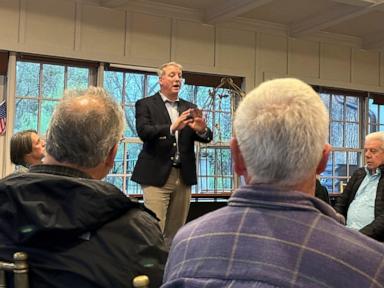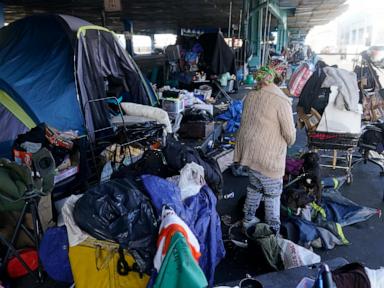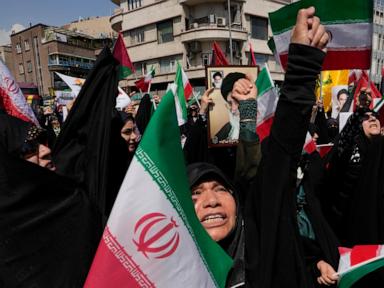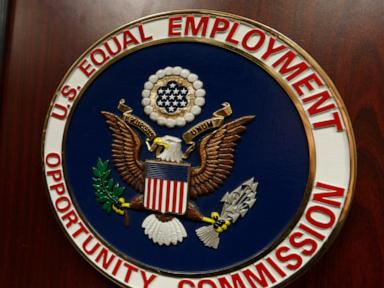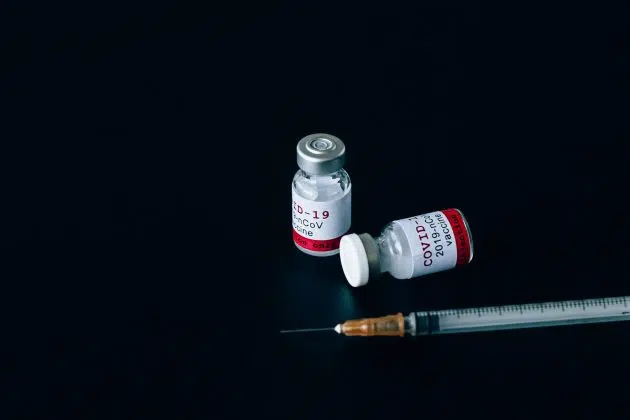(KNSI) – As new COVID-19 infections and hospitalizations decline in Minnesota, the rate of COVID-19 vaccine administration is also slowing, indicating a shift in future vaccination strategy.
According to data analysis by Minnesota Public Radio, the state doled out about 17,000 new doses each day last week, a drop from some periods in April when the state saw one-day vaccination counts in the 80,000-dose range.
“It’s one thing to be vaccinating when people are lining up for you and you’re ready to be vaccinated,” state infectious disease director Kris Ehresmann said. “It’s another thing when you’ve shifted your strategy so that you are really making sure that you’re getting to where people are at and providing them with vaccine.”
Minnesota Department of Health Commissioner Jan Malcolm said Tuesday that they are seeing a shift out of that first phase of vaccination marked by high demand, low vaccine supply and narrowed eligibility groups. More than 2,590,000 Minnesotans have started receiving the vaccine. For those that haven’t, Malcolm says the state will switch to smaller-scale, tailored vaccine opportunities that are closer-to-home and more convenient.
“We need to reach those folks and make it more convenient for them,” Malcolm said. “Folks who are working as opposed to retired, or for all kinds of reasons, just needing more convenience for the vaccine to be closer to where they are, whether that’s in the context of where they work or where they live or at events that they may be already at.”
Some of those venues could be health clinics, where people could get their COVID-19 vaccine while also being seen for their annual checkup or another routine exam. This new effort could also include vaccination opportunities at events like county fairs or sports games, Malcolm suggested — places where those folks would already be regardless if the vaccine were being offered.
These community-customized, smaller vaccination events will take more effort and resources, Malcolm said.
“There are resources we can kind of reallocate from the current phase of the current delivery models for vaccine into some of these newer models,” Malcolm said. “We’ve given a lot of resources to community partners to help with identifying opportunities, organizing people and building enthusiasm and receptivity to community clinics.”
As a result of this shift in getting vaccines into arms, Ehresmann says successes will be “harder to come by” in the next phase, as vaccine administration will likely move more slowly in the future than it did in March and April.
“Anytime we now move up by a percentage point in terms of Minnesotans who are vaccinated, that’s a big deal because the work to reach people is necessarily going to be a bit harder in this stage,” Ehresmann said.
As far as people who still need to be reached for vaccination, younger teens may soon be part of that group. The Associated Press reports that upon review of Pfizer’s clinical trial data, the FDA could soon extend Pfizer’s COVID-19 vaccine eligibility to include youth as young as 12 years old. Right now, only people 16 and older can receive that vaccine, and the lower age limit for the Moderna and Johnson & Johnson vaccines is 18.
“Given the significant number of cases we’ve seen in middle and high school-aged kids recently, this expansion would be a significant step forward and make it that much harder for this virus to continue circulating and infecting people,” Malcolm said.
MDH officials have been concerned with the level of COVID infections among youth for several weeks now and continue to recommend that children attending in-person classes get tested regularly for COVID. Case growth in that demographic is due to a composite of many things, Malcolm said: The spread of more infectious variants like B117. The resumption of youth sports activities. But also, critically, the inability for most children to get vaccinated for COVID.
So far, 46,698 Minnesotans who are 16- and 17-years-old have received at least one dose.
“Fewer susceptible people makes it that much harder for one COVID case to turn into many COVID cases, and every person vaccinated means more protection, not only for that person, but for the entire community around them,” Malcolm said.
As Minnesota’s and the United States’ effort to innoculate their populations against COVID, the global aspect of the pandemic still remains. The MDH and CDC continue to advise against international travel for this reason.
“The virus is still out there, circulating and mutating,” Ehresmann said, “and to go back to the forest fire metaphor that we’ve used before: In many parts of the world, it is burning hotter than it is here. That makes it very important to be cautious and aware before traveling.”
